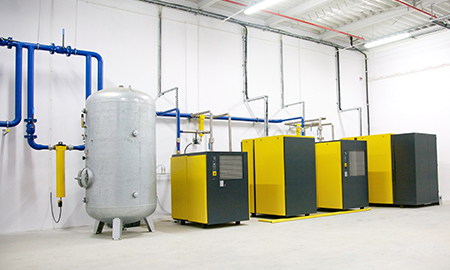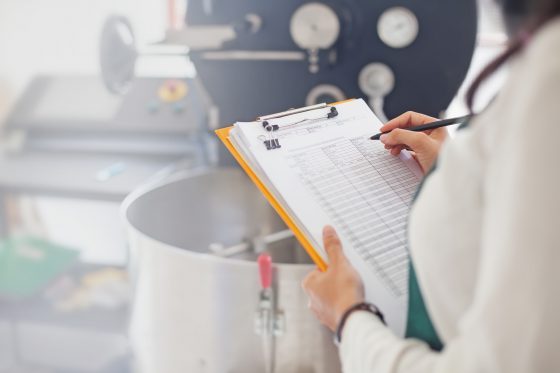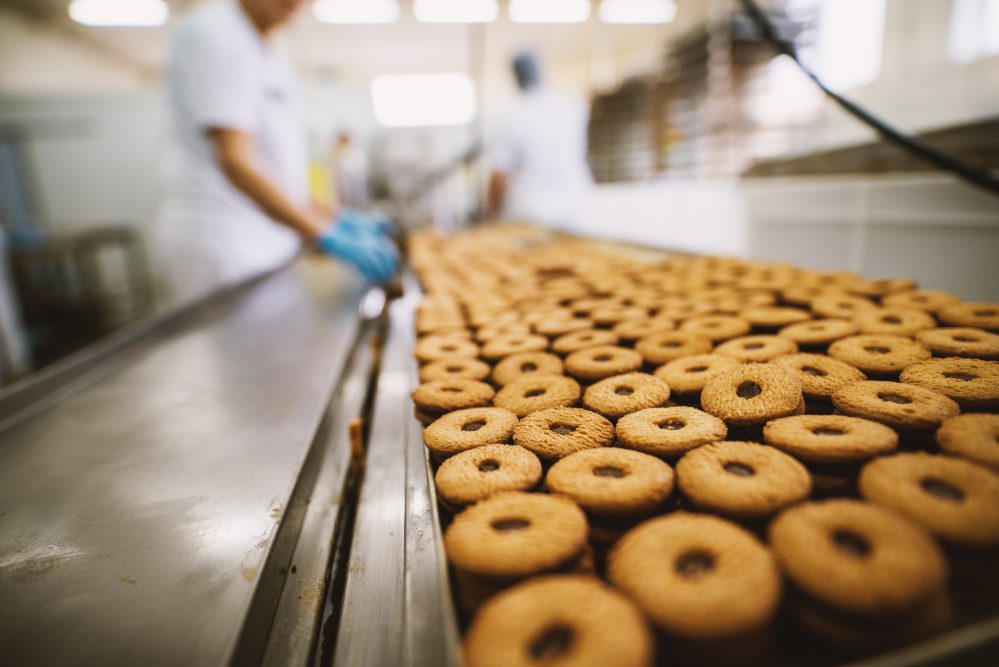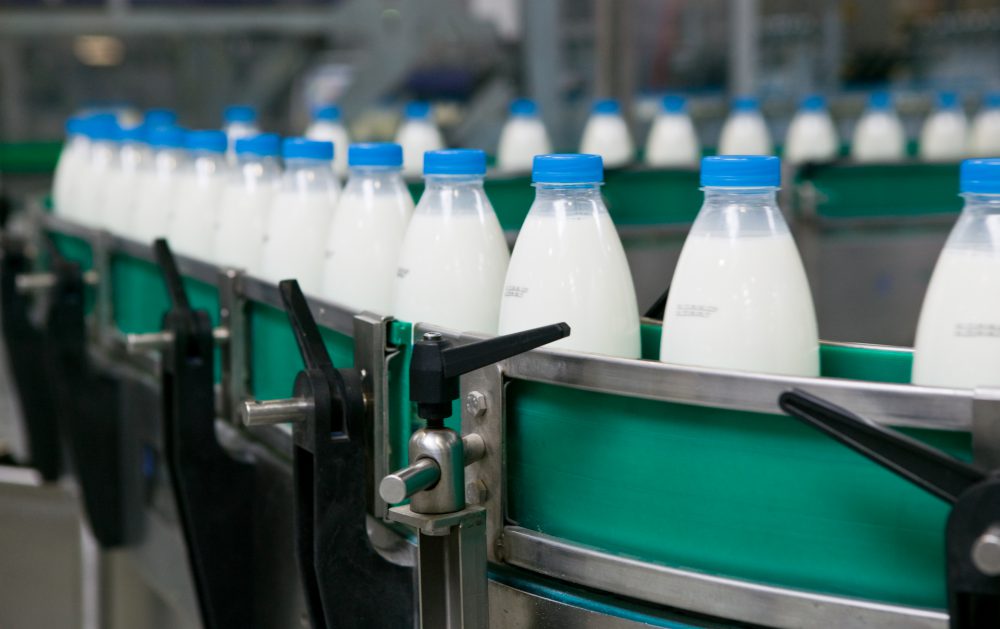7 Food Industry Trends to Watch in 2020
The food and beverage industry continues to change rapidly, with 2019 seeing the growth of plant-based foods, health and wellness, and clean label products.
In 2020, conscious consumerism still remains at the core of industry trends. Consumers are factoring both their personal health and the health of the planet into their buying decisions, prioritizing factors like nutrition, convenience and sustainability.
Understanding what consumers are shopping for is imperative for food companies to stay ahead of the curve. That’s why we’ve compiled a list of the top trends that will impact the food industry in the new year.





![Maximizing Drone Technology on Food Plant Construction Sites [VIDEO]](https://stellarfoodforthought.net/wp-content/uploads/2019/06/Maximizing-Drone-Technology-on-Food-Plant-Construction-Sites-VIDEO.png)





